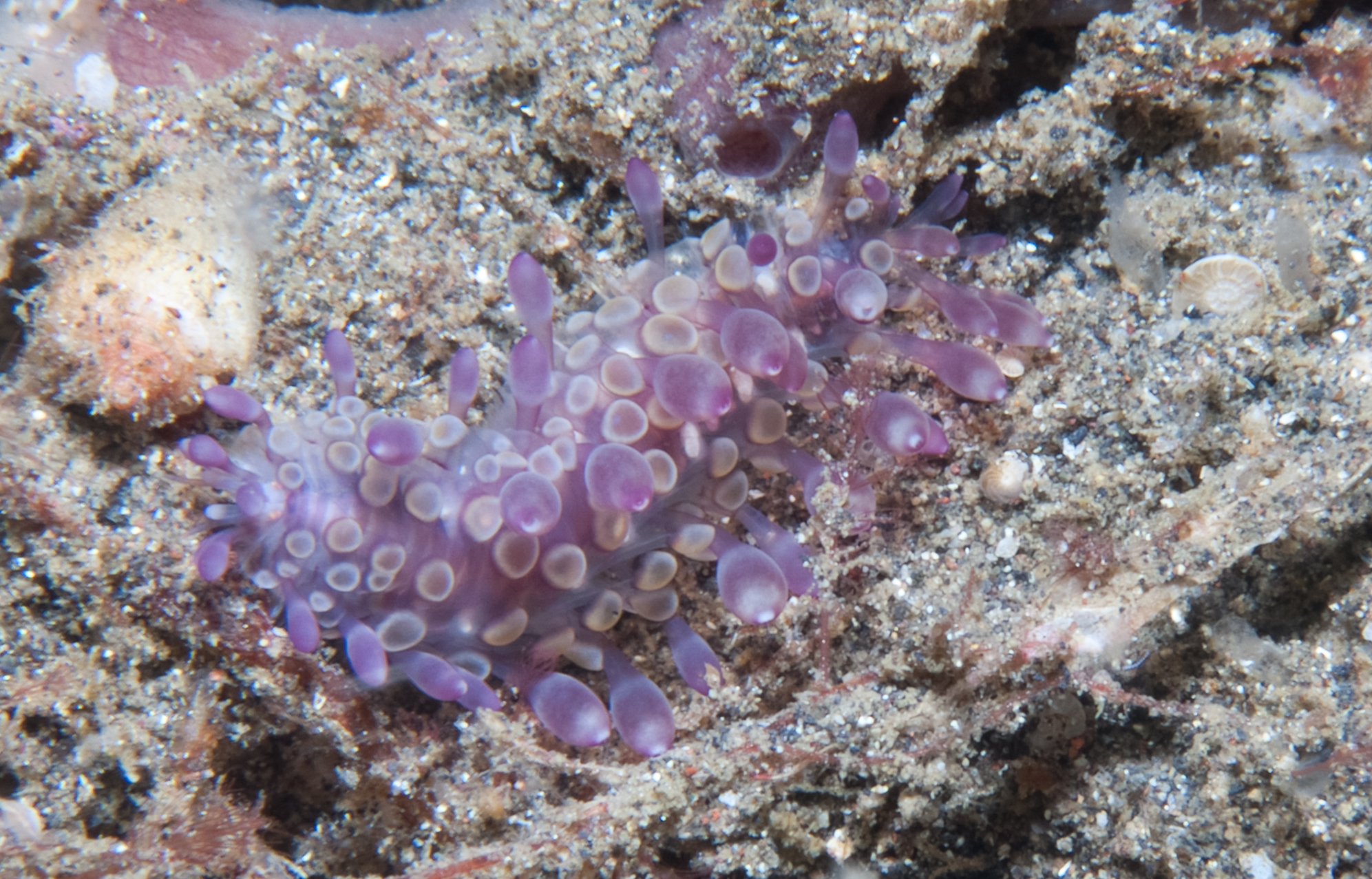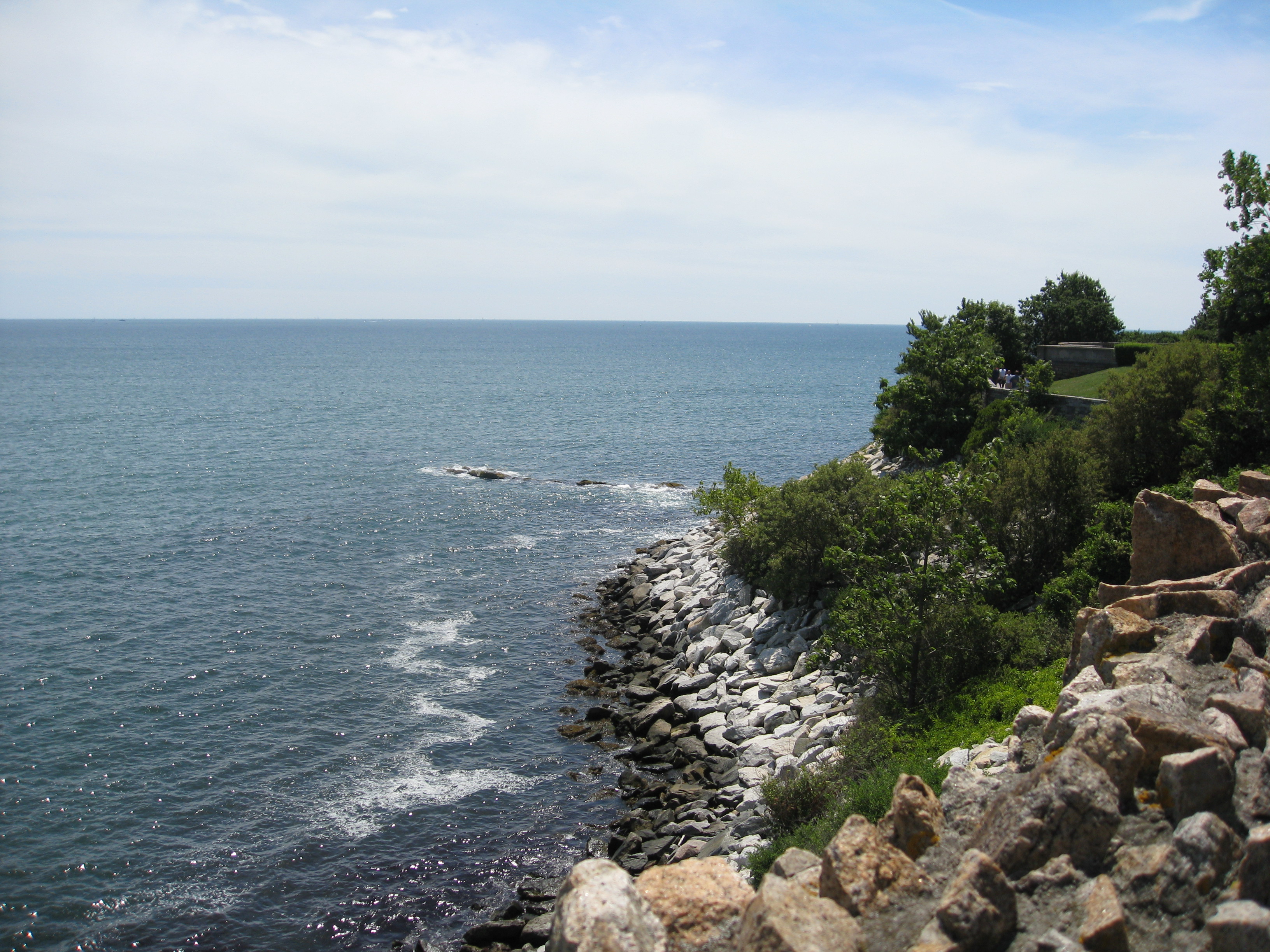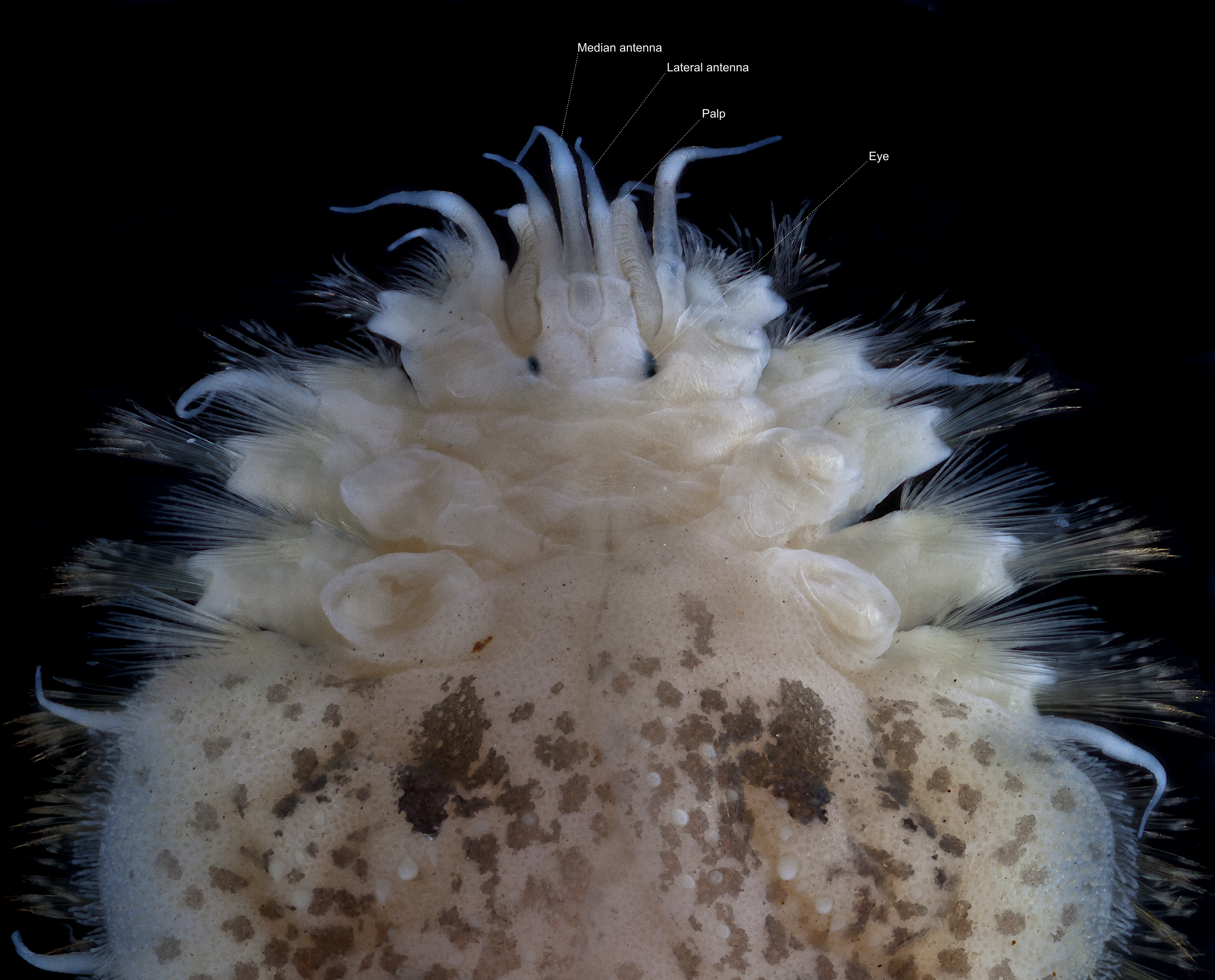|
Capitulatinoe
''Capitulatinoe'' is a genus of marine annelids in the family Polynoidae (scale worms). The genus includes a single species, ''Capitulatinoe cupisetis'' which occurs intertidally in northwestern Australia.Hanley, J. Russell and Burke, Melanie 1989. A new genus and species of commensal scaleworm (Polychaeta:Polynoidae) from Broome, Western Australia. The Beagle, Records of the Northern Territory Museum of Arts and Sciences, 6(1): 97–103. Description ''Capitulatinoe cupisetis'' is a long-bodied species, with up to 180 segments and 75 to at least 100 pairs of elytra. The antennae are located beneath the prostomium and the lateral antennae are inserted slightly dorsal to the median antenna. The neuropodium is rounded. Notochaetae are absent and there are only a few neurochaetae. The neurochaetae each have a distinctive half-moon shaped pocket on one side formed by a curved row of fine teeth and bidentate tips. Biology and Ecology ''Capitulatinoe cupisetis'' has a commensal rel ... [...More Info...] [...Related Items...] OR: [Wikipedia] [Google] [Baidu] |
Polynoidae
Polynoidae is a family of marine Polychaete worms known as "scale worms" due to the scale-like elytra on the dorsal surface. Almost 900 species are currently recognised belonging to 9 subfamilies and 167 genera. They are active hunters, but generally dwell in protected environments such as under stones. The group is widely distributed from shallow intertidal waters to hadal trenches. They are the most diverse group of polychaetes in terms of genus number and second most diverse in terms of species number which is almost 8% of all segmented worm species. Description Most Polynoidae species are short and flattened, but can reach as much as 20 cm in length and 10 cm width in '' Eulagisca gigantea'' and '' Eulagisca uschakovi''. Individuals are usually covered almost entirely by elytra, which can be shed and regenerated in many species. The elytra of some species are faintly bioluminescent, and leave glowing traces around the mouthparts of their predators, making those pre ... [...More Info...] [...Related Items...] OR: [Wikipedia] [Google] [Baidu] |
Annelids
The annelids (Annelida , from Latin ', "little ring"), also known as the segmented worms, are a large phylum, with over 22,000 extant species including ragworms, earthworms, and leeches. The species exist in and have adapted to various ecologies – some in marine environments as distinct as tidal zones and hydrothermal vents, others in fresh water, and yet others in moist terrestrial environments. The Annelids are bilaterally symmetrical, triploblastic, coelomate, invertebrate organisms. They also have parapodia for locomotion. Most textbooks still use the traditional division into polychaetes (almost all marine), oligochaetes (which include earthworms) and leech-like species. Cladistic research since 1997 has radically changed this scheme, viewing leeches as a sub-group of oligochaetes and oligochaetes as a sub-group of polychaetes. In addition, the Pogonophora, Echiura and Sipuncula, previously regarded as separate phyla, are now regarded as sub-groups of po ... [...More Info...] [...Related Items...] OR: [Wikipedia] [Google] [Baidu] |
Intertidal
The intertidal zone, also known as the foreshore, is the area above water level at low tide and underwater at high tide (in other words, the area within the tidal range). This area can include several types of habitats with various species of life, such as seastars, sea urchins, and many species of coral with regional differences in biodiversity. Sometimes it is referred to as the ''littoral zone'' or '' seashore'', although those can be defined as a wider region. The well-known area also includes steep rocky cliffs, sandy beaches, bogs or wetlands (e.g., vast mudflats). The area can be a narrow strip, as in Pacific islands that have only a narrow tidal range, or can include many meters of shoreline where shallow beach slopes interact with high tidal excursion. The peritidal zone is similar but somewhat wider, extending from above the highest tide level to below the lowest. Organisms in the intertidal zone are adapted to an environment of harsh extremes, living in wate ... [...More Info...] [...Related Items...] OR: [Wikipedia] [Google] [Baidu] |
Australia
Australia, officially the Commonwealth of Australia, is a sovereign ''Sovereign'' is a title which can be applied to the highest leader in various categories. The word is borrowed from Old French , which is ultimately derived from the Latin , meaning 'above'. The roles of a sovereign vary from monarch, ruler or ... country comprising the mainland of the Australian continent, the island of Tasmania, and numerous smaller islands. With an area of , Australia is the largest country by area in Oceania and the world's sixth-largest country. Australia is the oldest, flattest, and driest inhabited continent, with the least fertile soils. It is a megadiverse country, and its size gives it a wide variety of landscapes and climates, with deserts in the centre, tropical Forests of Australia, rainforests in the north-east, and List of mountains in Australia, mountain ranges in the south-east. The ancestors of Aboriginal Australians began arriving from south east Asia approx ... [...More Info...] [...Related Items...] OR: [Wikipedia] [Google] [Baidu] |
Elytron (Annelida)
In annelids, elytra (; from Greek ἔλυτρον "sheath, cover"; singular: elytron ) are shield-like scales that are attached dorsally, one pair on each of a number of alternating segments and entirely or partly cover the dorsum. Elytra are modified dorsal cirri, and their number, size, location, and ornamentation are important taxonomic characters. The basal part of the elytra is known as the elytrophore; if (as is often the case) elytra are lost their presence is indicated by the elytrophore which is still present and visible. Annelids possessing elytra are also known as "scale worms". Possession of elytra is characteristic of the annelid suborder Aphroditiformia. Gallery File:Eunoe leiotentaculata lower res.jpg, A ''Eunoe leiotentaculata'' specimen showing its 15 pairs of elytra. File:Euphione sp. dorsal.jpg, ''Euphione ''Euphione'' is a genus of polychaetes belonging to the family Polynoidae. The species of this genus are found in Australia, Malesia Malesia is a ... [...More Info...] [...Related Items...] OR: [Wikipedia] [Google] [Baidu] |
Prostomium
The prostomium (From Ancient Greek, meaning "before the mouth"; plural: prostomia; sometimes also called the "acron") is the cephalized first body segment in an annelid worm's body at the anterior end. It is in front of (but does not include) the mouth, being usually a small shelf- or lip-like extension over the dorsal side of the mouth. The prostomium together with the peristomium, which includes the mouth and pharynx, make up the annelid head. Description The prostomium is part of the head and holds at least part of the brain and often bears sensory structures such as the eyes, antennae and palps. It may function like a kind of overlip when the animal is feeding. The prostomium bears many important taxonomic characters and its shape and composition are important for annelid systematics. In addition to the eyes, antennae and palps, the prostomium can possess appendages such as tentacles or cirri. Moreover, some polychaete Polychaeta () is a paraphyletic class of gener ... [...More Info...] [...Related Items...] OR: [Wikipedia] [Google] [Baidu] |
Parapodium
In invertebrates, the term parapodium ( Gr. ''para'', beyond or beside + ''podia'', feet; plural: parapodia) refers to lateral outgrowths or protrusions from the body. Parapodia are predominantly found in annelids, where they are paired, unjointed lateral outgrowths that bear the chaetae. In several groups of sea snails and sea slugs, 'parapodium' refers to lateral fleshy protrusions. __TOC__ Annelid parapodia Most species of polychaete annelids have paired, fleshy parapodia which are segmentally arranged along the body axis. Parapodia vary greatly in size and form, reflecting a variety of functions, such as gas exchange, anchorage, protection and locomotion. General description Parapodia in polychaetes can be uniramous (consisting of one lobe or ramus) but are usually biramous (two lobes or rami). In the latter case, the dorsal lobes are called notopodia and the ventral lobes neuropodia. Both neuropodia and notopodia may possess a bundle of chaetae (neurochaetae and notoch ... [...More Info...] [...Related Items...] OR: [Wikipedia] [Google] [Baidu] |
Chaeta
A chaeta or cheta (from Greek χαίτη “crest, mane, flowing hair"; plural: chaetae) is a chitinous bristle or seta found in annelid worms, (although the term is also frequently used to describe similar structures in other invertebrates such as arthropods). Polychaete annelids, ('polychaeta' literally meaning "many bristles") are named for their chaetae. In Polychaeta, chaetae are found as bundles on the parapodia, paired appendages on the side of the body. The chaetae are epidermal extracellular structures, and clearly visible in most polychaetes. They are probably the best studied structures in these animals. Use in taxonomy and identification The ultrastructure of chaetae is fundamentally similar for all taxa but there is vast diversity in chaetal morphology. Moreover, chaetae bear precise characters for determination of species and taxonomic assessment. The shape, absolute and relative size, number, position, ornamentation and type are important taxonomic characters ... [...More Info...] [...Related Items...] OR: [Wikipedia] [Google] [Baidu] |
Commensal
Commensalism is a long-term biological interaction ( symbiosis) in which members of one species gain benefits while those of the other species neither benefit nor are harmed. This is in contrast with mutualism, in which both organisms benefit from each other; amensalism, where one is harmed while the other is unaffected; parasitism, where one is harmed and the other benefits, and parasitoidism, which is similar to parasitism but the parasitoid has a free-living state and instead of just harming its host, it eventually ends up killing it. The commensal (the species that benefits from the association) may obtain nutrients, shelter, support, or locomotion from the host species, which is substantially unaffected. The commensal relation is often between a larger host and a smaller commensal; the host organism is unmodified, whereas the commensal species may show great structural adaptation consistent with its habits, as in the remoras that ride attached to sharks and other fish ... [...More Info...] [...Related Items...] OR: [Wikipedia] [Google] [Baidu] |
Sea Star
Starfish or sea stars are star-shaped echinoderms belonging to the class Asteroidea (). Common usage frequently finds these names being also applied to ophiuroids, which are correctly referred to as brittle stars or basket stars. Starfish are also known as asteroids due to being in the class Asteroidea. About 1,900 species of starfish live on the seabed in all the world's oceans, from warm, tropical zones to frigid, polar regions. They are found from the intertidal zone down to abyssal depths, at below the surface. Starfish are marine invertebrates. They typically have a central disc and usually five arms, though some species have a larger number of arms. The aboral or upper surface may be smooth, granular or spiny, and is covered with overlapping plates. Many species are brightly coloured in various shades of red or orange, while others are blue, grey or brown. Starfish have tube feet operated by a hydraulic system and a mouth at the centre of the oral or lower surface. ... [...More Info...] [...Related Items...] OR: [Wikipedia] [Google] [Baidu] |
Astropecten Granulatus
''Astropecten'' is a genus of sea stars of the family Astropectinidae. Identification These sea stars are similar one to each other and it can be difficult to determine with certainty the species only from a photograph. To have a certain determination, in some cases, animals should be analyzed in the laboratory or using genetic testing, but often it isn’t possible. In order to determine the species, with a reasonable margin of error, it’s necessary to observe the appearance of the animal, in particular, based on some typical features described by principal authors that have analyzed over the years a large number of specimens in the laboratory. The main elements, to determine the various species from photo, are: the appearance of the dorsal marginal plates and spines, the size, the shape of disc and arms. For a good identification by sea photo it is important to take a complete picture of all the subject, a picture of the detail of the marginal plates and to measure as pre ... [...More Info...] [...Related Items...] OR: [Wikipedia] [Google] [Baidu] |
Phyllodocida
Phyllodocida is an order of polychaete worms in the subclass Aciculata. These worms are mostly marine, though some are found in brackish water. Most are active benthic creatures, moving over the surface or burrowing in sediments, or living in cracks and crevices in bedrock. A few construct tubes in which they live and some are pelagic, swimming through the water column. There are estimated to be more than 4,600 accepted species in the order. Characteristics Phyllodocida are segmented worms and range in size from a few millimetres long to over a metre. Each segment bears a pair of paddle-like parapodia. The prostomium generally has one or two pairs of eyes, a dorsal pair of antennae, a ventral pair of sensory palps and a pair of organs on the neck. The peristomium is a ring, often hidden dorsally by the prostomium and the first segment. There is a muscular proboscis with one or more pairs of jaws. The next few segments tend to differ from those further back in having enlarged ... [...More Info...] [...Related Items...] OR: [Wikipedia] [Google] [Baidu] |








